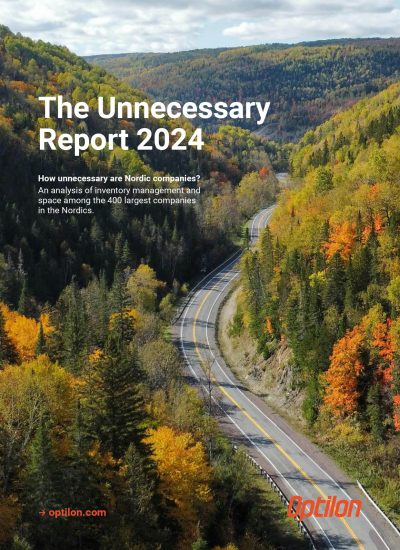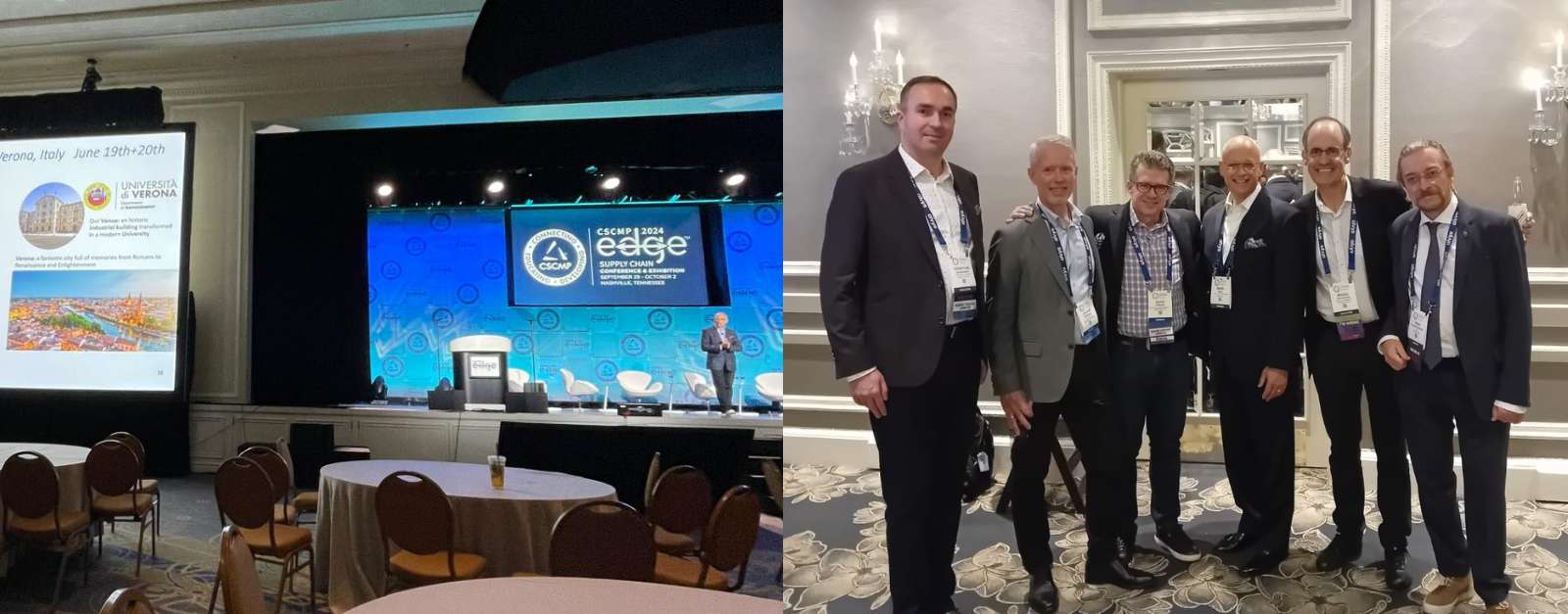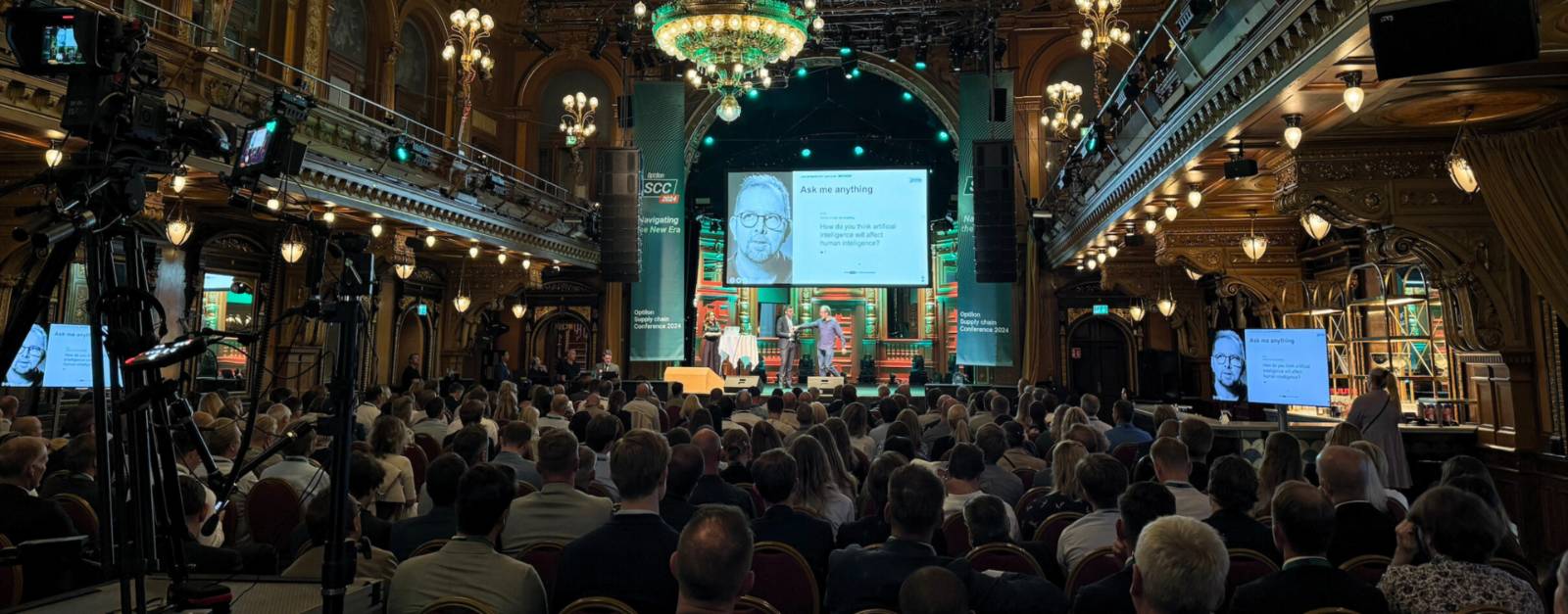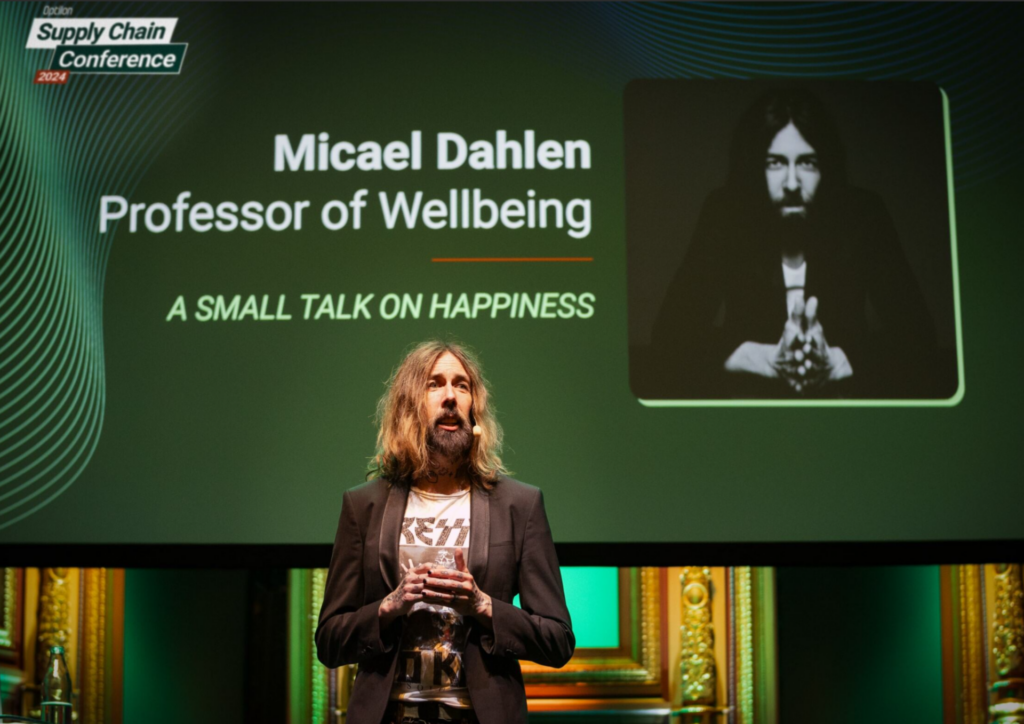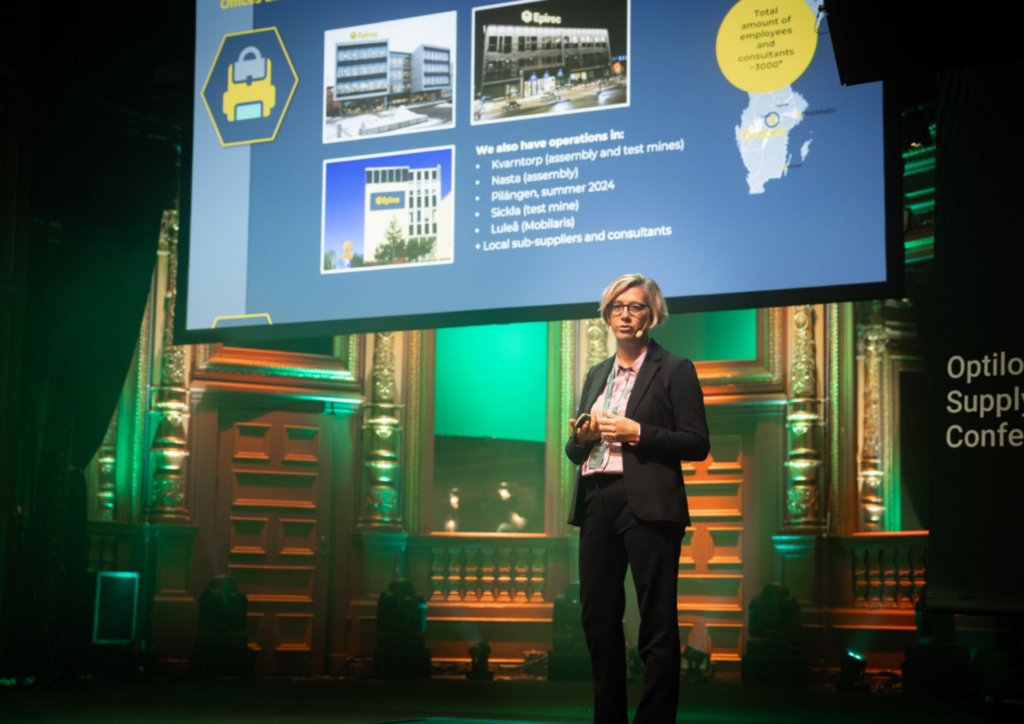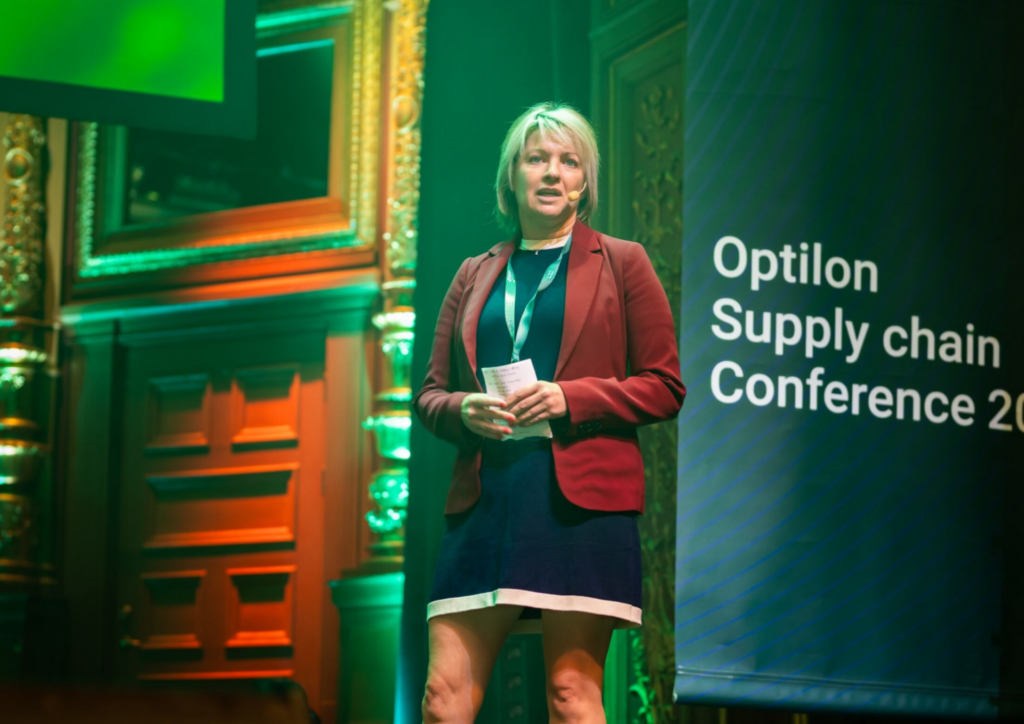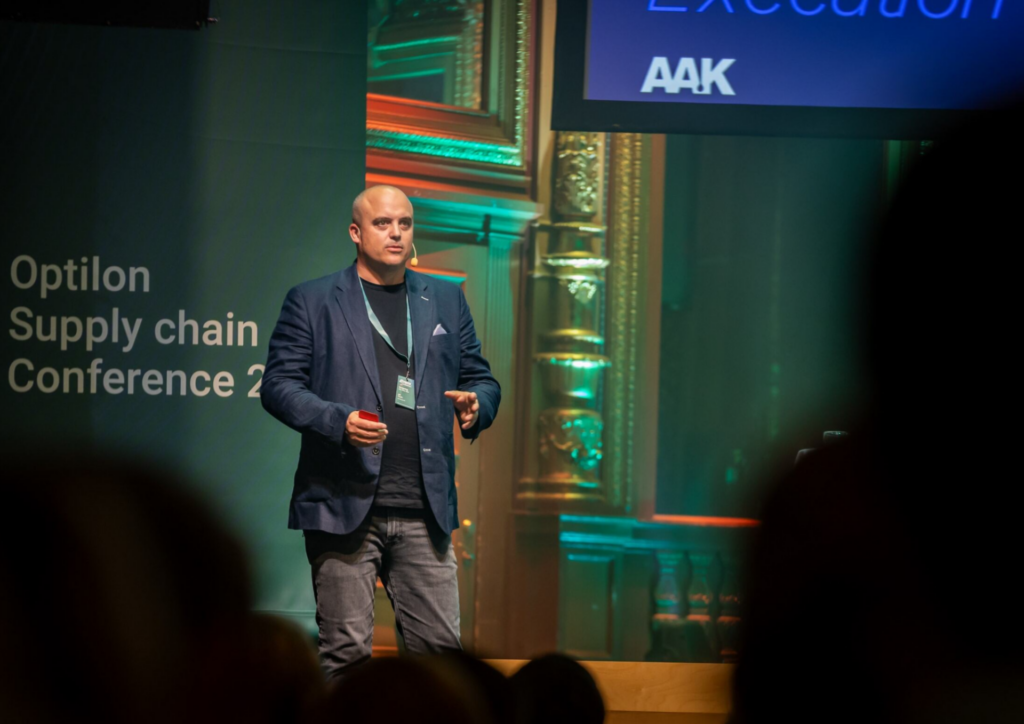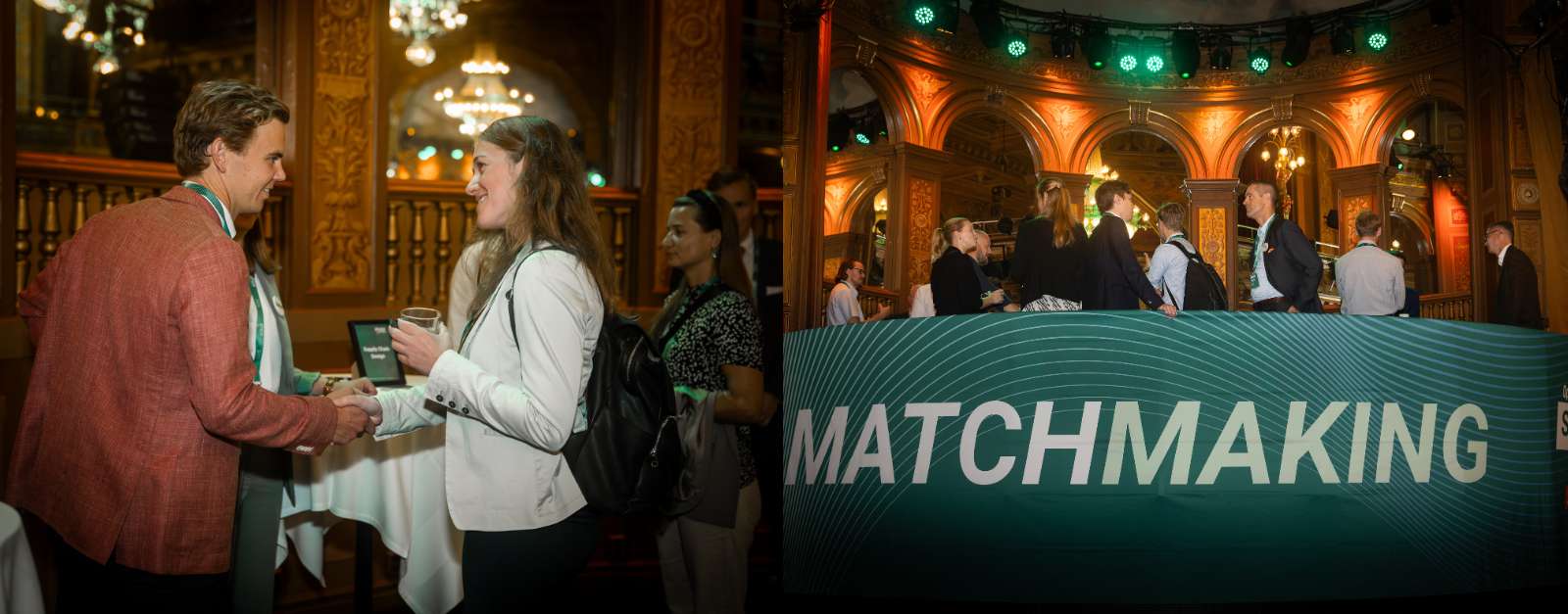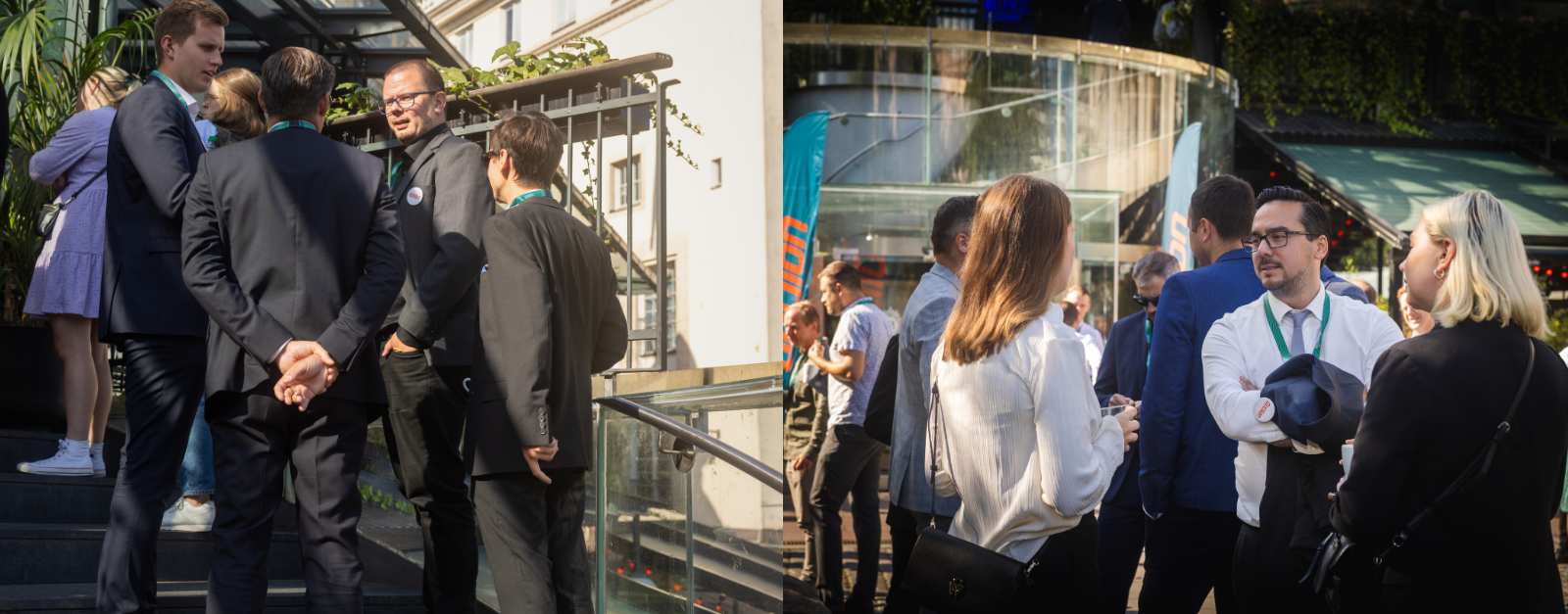Sustainability isn’t just a trend—it’s the future of business. Companies are facing growing pressure from regulators, investors, and consumers to be more transparent and environmentally responsible. The real question isn’t whether businesses should make their supply chains more sustainable, but how they can do it effectively.
To dig deeper into this topic, we spoke with Franz Rothschild Brunlöf, a Senior Supply Chain & Sustainability Specialist at Optilon. He shared his thoughts on the biggest challenges, the benefits of going green, and the key trends shaping the future of sustainable supply chains.
Hi Franz! Sustainability is becoming a bigger priority for businesses but integrating it into supply chains can be complex. Why is it so important for companies to focus on this?
— Integrating sustainability into supply chains is crucial for meeting regulatory demands and staying competitive as customers and investors increasingly seek sustainable products. Transparency in supply chain design and management is key to demonstrating commitment to positive change while maintaining competitive pricing and delivery times.
What benefits can companies expect when integrating sustainability into their supply chains?
— There are quite a few. First, they gain awareness of their societal impacts, ensure regulatory compliance, and set the stage for improvements. Secondly, it builds trust, helping retain customers and investors while enhancing reputation and market share. Finally, sustainability boosts competitiveness by increasing efficiency—using fewer resources and energy, reducing costs, lead times, waste, and emissions.
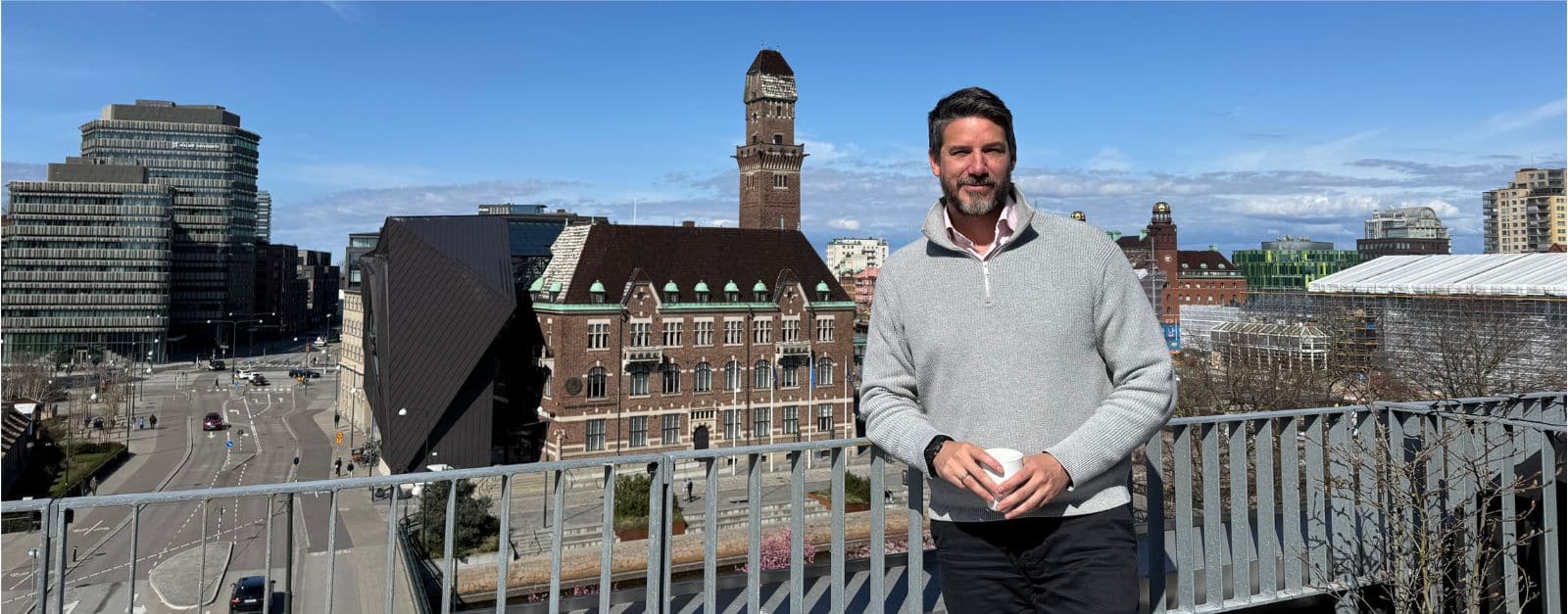
What’s the first step for companies looking to integrate sustainability into their supply chains?
– If senior management isn’t fully on board, it’s tough to make real progress. Once leadership is aligned, companies should get familiar with regulatory requirements and benchmark their current practices against industry leaders.
– From there, mapping out the supply chain is key. Companies need a clear picture of their operations—where materials come from, how they’re used, and where waste or inefficiencies occur. Once they have that foundation, they can start optimizing processes, conducting risk assessments, and implementing strategies to cut emissions and waste.
What are the biggest challenges companies face when integrating sustainability into their supply chains, and how can they address them?
– One big challenge is a lack of knowledge—many companies don’t fully understand their sustainability position or regulations. Internal roadblocks, like short-term thinking, also slow progress.
– To overcome this, businesses should invest in education, set clear sustainability expectations for suppliers, and ensure accountability through incentives. Strong data management is also key—without the right systems, tracking progress is tough. Investing in analytics helps turn goals into action.
Looking ahead, what trends do you think will drive sustainable supply chain practices in the coming years?
— Supply chains play a massive role in sustainability—economically, socially, and environmentally. Moving forward, I think companies will need to go beyond just meeting regulations and focus on building efficient, resilient supply chains that actively reduce their environmental footprint.
– My take on the upcoming trends is that sustainable supply chains will focus on cutting transportation distances and reducing reliance on fossil fuels through smarter logistics and more localized production. There’s also a growing push toward using recycled and sustainable materials, helping companies lower their environmental impact while improving resource efficiency. The circular economy will play a big role too—finding ways to reuse materials instead of wasting them will be key.
– At the same time, the “think global, act local” approach is gaining traction, with businesses strengthening local supplier networks to reduce transport emissions and build more resilient supply chains. And AI is set to be a game-changer. With better data and analytics, companies will be able to optimize operations, anticipate risks, and make smarter, more sustainable decisions.
While things are changing quickly, the key to success will be staying adaptable and working together across different regions. The future of supply chain management will be driven by innovation, resilience, and global collaboration—things that will help businesses stay ahead in a world that’s always evolving.
Want to know more about how these trends could impact your business? Book a meeting with us today!



